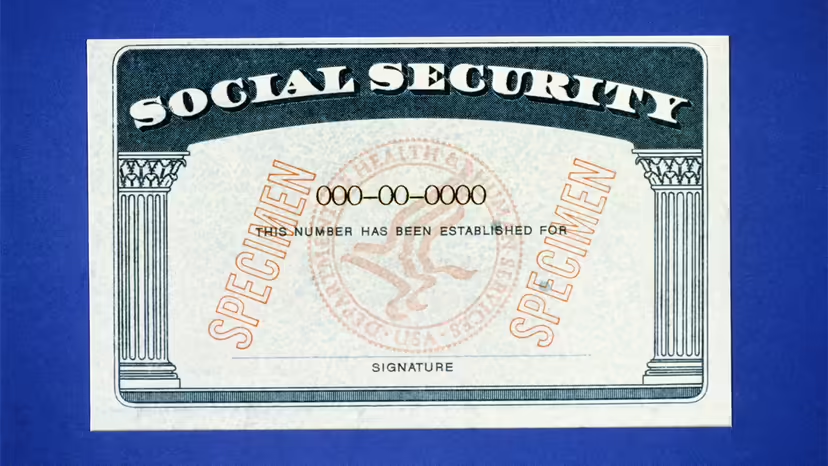There have been a lot of changes in EMS over the years that I have chronicled. New meds, new equipment, new procedures, new trends, etc. One distinct change is the patient or their family’s level of suspicion over giving out their information.
Name, date of birth and social security number. We try to get this information from each of our patients.
We provide life-saving care (and band-aid and hand holding care) and we get patient demographics. When it’s a bad call — cardiac arrest, trauma, stroke — we still need to get the demos. It’s not good form to show up at the hospital and not know who you brought in. Sure there will be John and Jan Doe exceptions — person found unresponsive in an alley with no ID, naked man running in the park barking like a dog. But for the most part, we bring in the patients and their names. If the person can tell us themselves, a relative or friend tells us the name or we find the ID on the person. Often first responders on scene will find it for us.
Treat life-saving conditions, then get name, date of birth and social security number — I tell my preceptees. You burst through the ED doors, you smoothly hand the piece of paper with the name, date of birth and social security on it to the registrar as you go past, and they get the patient registered while you move the patient onto the hospital bed and give your report.
Bad call or non urgent call you need to get this information. Most people don’t hesitate to give you their social security number, but some do. I say that’s okay if you don’t want to give it to me. It’s just the first thing they ask me for at the hospital, it makes it easier for them to look up your record.
We respond to a split level home for a woman who fell a few days before and may have broken her ankle. Her daughter meets us outside and escorts us in. The daughter wants us to take her mom to the hospital for an X-ray on her ankle and then bring her back. We tell her we can handle the “bring her to the hospital” part. Who brings her home will be up to the hospital. After assessing her — she is alert and her ankle is swollen — I ask the daughter for her mother’s name and date of birth. No issue, then I ask for the social security number. She tenses. She says nothing. She eyes me now like I am an international criminal broken into her home to steal all her bank accounts. It’s okay, if you don’t know it, I say. How bout insurance? Do you have her insurance card? They have it, she said. Who? The ambulance company. The ambulance company? I repeat. Yes, they have it. I am tempted to say, I am the ambulance company and I am asking for it. I let it pass. I ask for medications and allergies. They have it, she says again. I still need it, I say, if you have it. It’s a long list, she says. I will write them down, I say. We go into the kitchen and she points to a list on the refrigerator without taking it off or handing it to me. I take out an index card and copy the information down. I note her mom has mild dementia, hypertension and high cholesterol. I ask if she got light headed or dizzy when she fell last week. She looks at me like I am invading her privacy. We are there to simply carry her mother out to the ambulance, drive her to the hospital. Medical taxi. I get it.
Ambulance driver by day. Cyber criminal by night. health Care hero no more.
We put her mother in the stair chair and carry her gently out to the stretcher, and carefully place her on it, get her bundled and safely belted, and then lift the stretcher into the back of the ambulance. She follows us. I drive slow and try to avoid any bumps in the road. At the hospital, I tell the register I don’t have a social security number. No social security? she says. Sorry, did the best I could. Does she know it? She gestures toward the old woman. She has dementia. The daughter has arrived now, escorted in by a security guard. The registrar asks her for the social security number. Do I have to give it to you? she says. No, it is easier if you have it, but I can look it up another way. Do you have her name and date of birth, and address? She’s been here before, the daughter says. YOu have all the information. Yes, but we need to call up her record. The woman reluctantly gives her the name and date of birth. The registrar is able to find the woman’s record by her name and date of birth. We put the woman’s mom in a wheelchair, and head toward the ambulance exit. The registrar asks the daughter to sign for her mother. “What if I don’t?” she says.
We keep walking.
It is a suspicious world we live in.

